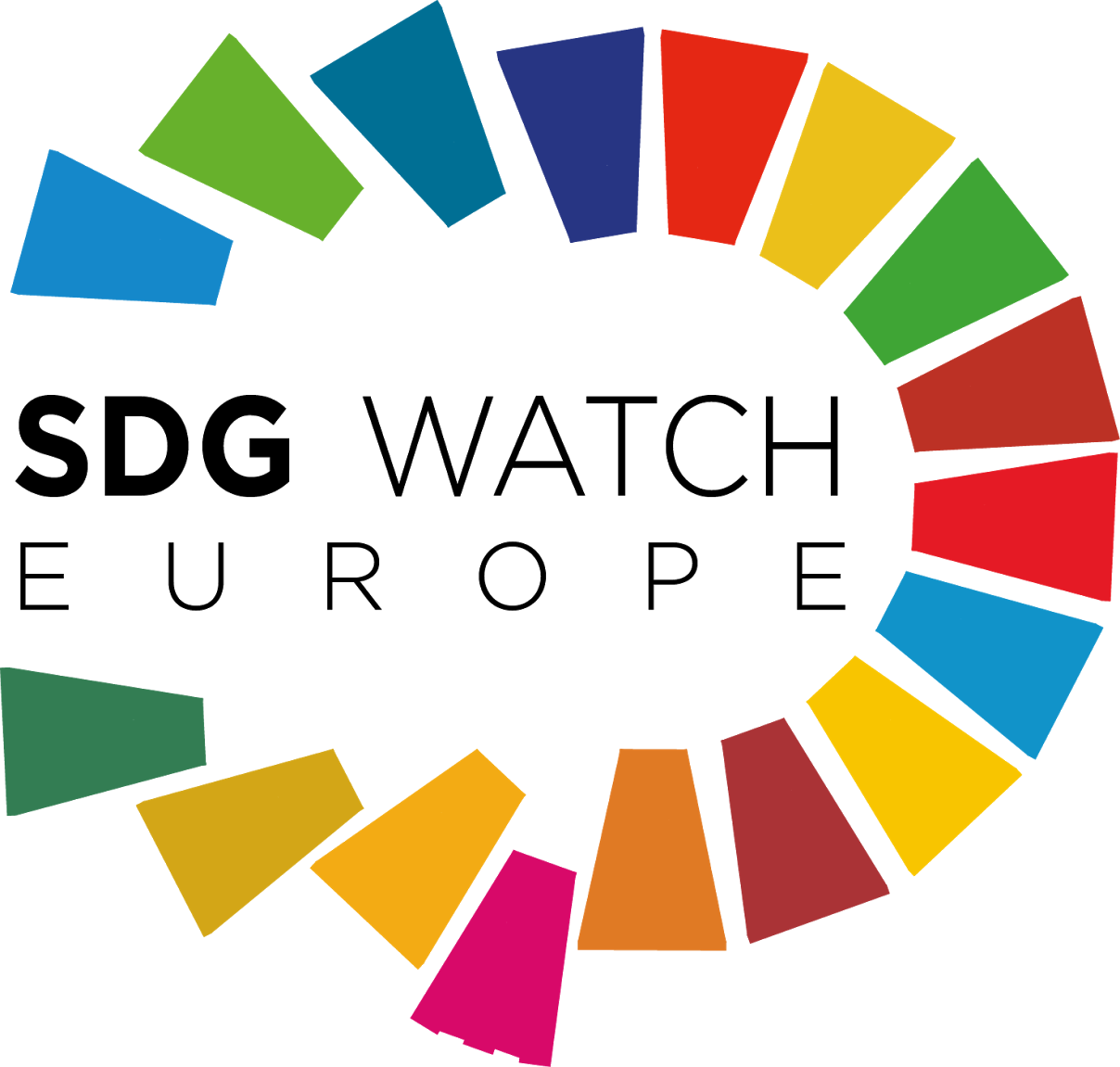By Itzá Castañeda Camey, Laura Sabater, Cate Owren and A. Emmett Boyer
Jamie Wen, editor. Published by IUCN
Around the world, it is estimated that one in three women and girls will experience gender-based violence (GBV) during their lifetime (World Bank, 2019). Rooted in discriminatory gender norms and laws and shrouded in impunity, GBV occurs in all societies as a means of control, subjugation and exploitation that further reinforces gender inequality. This publication, Gender-based violence and environment linkages: The violence of inequality, establishes that these patterns of gender-based abuse are observed across environmental contexts, affecting the security and well-being of nations, communities and individuals, and jeopardising meeting sustainable development goals (SDGs). While linkages
between GBV and environmental issues are complex and multi-layered, these threats to human rights and healthy ecosystems are not insurmountable. Research findings demonstrate that ending GBV, promoting gender equality and protecting the environment can be positively linked in ways that contribute to securing a safe, sustainable and equitable future.
Purpose and approaches
Gender-based violence and environment linkages: The violence of inequality establishes a knowledge base for understanding and accelerating action to address GBV and environmental linkages. Developed by the International Union for Conservation of Nature (IUCN), in collaboration with the United States Agency for International Development (USAID) as part of the Advancing Gender in the Environment (AGENT) partnership, this publication aims to raise awareness and engage actors working in environmental and sustainable development, gender equality, and GBV policymaking and programming spheres to inform rights-based, gender-responsive approaches to environmental policy, programmes and projects.
Gender-based violence and environment linkages: The violence of inequality consolidates vast knowledge and experiences gathered from across sectors and spheres, serving as a robust reference for policymakers and practitioners at all levels to understand issues and potential interventions to address GBV as it relates to the environment. Over 1,000 sources of information, experiences and interventions from international stakeholders, national governments, civil society, environmental practitioners and policymakers, advocates and activists, and academics relating to GBV across environmental contexts from around the world were reviewed. At various stages of drafting this publication, the research further benefited from key informant interviews, input from experts through a validation workshop and extensive feedback from peer reviewers. Additionally, a survey (referred to as the GBV-ENV survey) and a call for case studies on GBV and environment linkages added to this research, garnering over 300 responses and 80 case submissions documenting evidence, promising practices and capacity needs from a broad array of stakeholders. The GBV-ENV survey responses included a range of accounts in which GBV has been a barrier to conservation and sustainable development. Fifty-nine per cent of the survey respondents noted they had observed GBV of some type (from sexual, physical and psychological violence, to trafficking, sexual harassment, sexual coercion – rape in specific cases – child marriage linked to environmental crises, and more) in the course of their work to implement environmental and sustainable development projects across issues relating to women environmental human rights defenders (WEHRDs), environmental migrants and refugees, specifically-listed types of environmental crimes, land tenure and property rights, Indigenous Peoples, protected areas, climate change, energy and infrastructure, extractive industries, water, disaster risk reduction, forestry and biodiversity and the access, use and control over natural resources. Meanwhile, survey responses made it clear that knowledge and data gaps, tools and capacity-building are all needed to tackle GBV-environment linkages. Seventy-one percent of respondents noted that staff awareness and understanding of GBV-environment linkages was needed to address GBV.
Key messages
This analysis reveals the complex and interlinking nature of GBV across three main contexts explored in this paper: access to and control of natural resources; environmental pressure and threats; and environmental action to defend and conserve ecosystems and resources. Gender inequality is pervasive across all these contexts. National and customary laws, societal gender norms and traditional gender roles dictate who can access and control natural resources, often resulting in the marginalisation of women compared to men. Threats and pressures on the environment and its resources amplify gender inequality and power imbalances in communities and households coping with resource scarcity and societal stress. Discriminatory gender norms and stereotypes even shape the differentiated treatment of women and men working to protect and conserve the environment, ultimately affecting the effectiveness and success of outcomes.
Across contexts, expressions of GBV maintain societal and cultural gender inequalities and norms, forming a feedback loop to the detriment of livelihoods, rights, conservation and sustainable development. GBV is a systematic means of control to enforce and protect existing privileges around natural resources, maintaining power imbalances that create tensions within families, between communities and among involved actors. Furthermore, where the enforcement of the rule of law is limited, GBV abuses are used to enable illicit and illegal activities through sexual exploitation and/or to exert control over communities. As Indigenous communities are often on the frontlines of defending their territories, resources and rights from extractive projects and corporate interests, many Indigenous women face intersecting and reinforcing forms of gender-based and other violence (Wijdekop, 2017).
Read the whole report here: https://portals.iucn.org/library/sites/library/files/documents/2020-002-En.pdf

